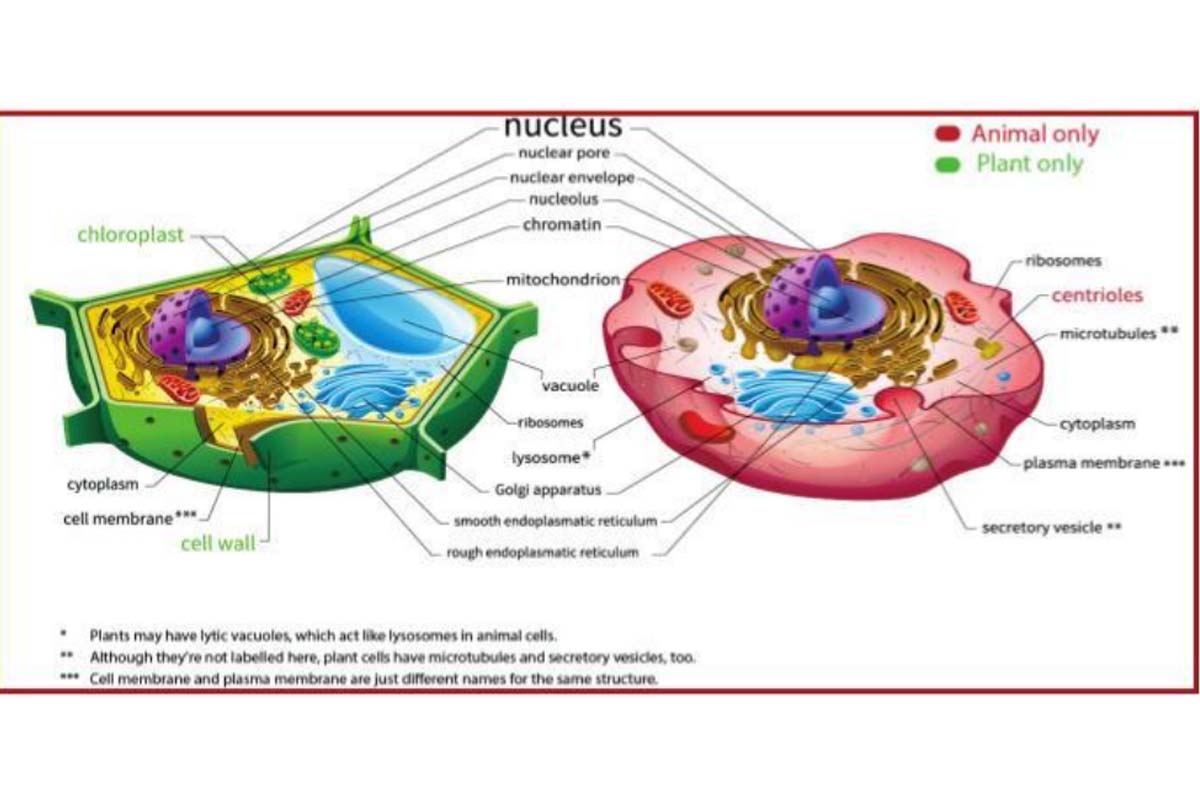India has emerged as a hub of aspirational youth, says Jitendra Singh
Union Minister Jitendra Singh on Thursday announced that India has emerged as a hub of aspirational youth, powered by science, technology, and innovation in the past 11 years.
Cell specialisation demonstrates the unity and diversity of biology.
Tapan Kumar Maitra | Kolkata | October 7, 2020 12:27 pm

In terms of structure and function, cells are characterised by both unity and diversity. By unity and diversity, one simply means that all cells resemble one another in fundamental ways, and yet differ from one another in important ways.
A few aspects of structure and function are common to most cell types, and these are the features of cells that are of the greatest general interest.
Advertisement
That virtually all cells oxidise sugar molecules for energy, transport ions across membranes, transcribe DNA into RNA, and undergo division to generate daughter cells. Much the same is true in terms of structural features. All cells are surrounded by a selectively permeable membrane, all have ribosomes for the purpose of protein synthesis, and most contain double-stranded DNA as their genetic information.
Advertisement
The fundamental aspects of cellular organisation and function are common to most, if not all, cells. But sometimes, understanding cellular biology is enhanced by considering not just the unity but also the diversity of cells – not just features common to most cells, but also features that are especially prominent in a particular cell type.
For example, to understand how the process of protein secretion works, it would obviously be an advantage to consider a cell that is highly specialised for that function.
Cells from the human pancreas would be a good choice, for example, because they secrete large amounts of digestive enzymes, such as amylase and trypsin. Similarly, to study functions known to occur in mitochondria, it would clearly be an advantage to select a cell type that is highly specialised in the energy releasing processes that occur in the mitochondrion, since such a cell would probably have a lot of well-developed, highly active mitochondria.
It was for this very reason, in fact, that Hans Krebs chose the flight muscle of the pigeon as the tissue with which to carry out the now-classic studies on the cyclic pathway of oxidative reactions that we know as the tricarboxylic acid, or Krebs cycle.
Whenever one exploits the specialised functions of specific cell types, they are acknowledging the diversity of cell structure and function that arises primarily because of cellular specialisation. In general, the single cell of unicellular organisms such as eubacteria, archaea, protozoa, and some algae must be capable of carrying out any or all the functions necessary for survival, growth, and reproduction and cannot afford to overemphasise any single function at the expense of others. Multicellular organisms, on the other hand, are characterised by a division of labour among tissues and organs that not only allows for, but actually depends on, specialisation of structure and function.
Whole groups of cells become highly specialised for a particular task, which then becomes their specific role in the overall economy of the organism. All cells carry out many of the same basic functions and have some of the same basic structural features. However, the cells of eukaryotic organisms are far more complicated structurally than prokaryotic cells, primarily because of the organelles and other intracellular structures that eukaryotes use to compartmentalise various functions.
The structural complexity of eukaryotic cells is illustrated by the typical animal and plant cells. In reality, of course, there is no such thing as a truly “typical” cell; all eukaryotic cells have features that distinguish them from the generalised cells.
Nonetheless, most eukaryotic cells are sufficiently similar to warrant a general overview of their structural features. A typical eukaryotic cell has in essence at least four major structural features – a plasma (or cell) membrane to define its boundary and retain its contents, a nucleus to house the DNA that directs cellular activities, membrane-bound organelles in which various cellular functions are localised, and the cytosol interlaced by a cytoskeleton of tubules and filaments.
In addition, plant cells have a rigid cell wall external to the plasma membrane. Animal cells do not have a wall but are usually surrounded by an extracellular matrix, which consists primarily of collagen and a special class of proteins called proteoglycans.
The writer is associate professor and head, department of botany, Ananda Mohan College, Kolkata.
Advertisement
Union Minister Jitendra Singh on Thursday announced that India has emerged as a hub of aspirational youth, powered by science, technology, and innovation in the past 11 years.
DNA tests have confirmed the identities of 163 victims of the tragic Air India crash in Ahmedabad, an official said on Tuesday. So far, the mortal remains of 124 victims have been handed over to their families.
He added that the state government has reached out to the families of the deceased spread across 18 districts of Gujarat. Each family has been assigned a dedicated team consisting of a senior officer, police personnel, and a counsellor.
Advertisement
